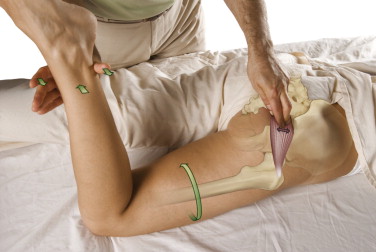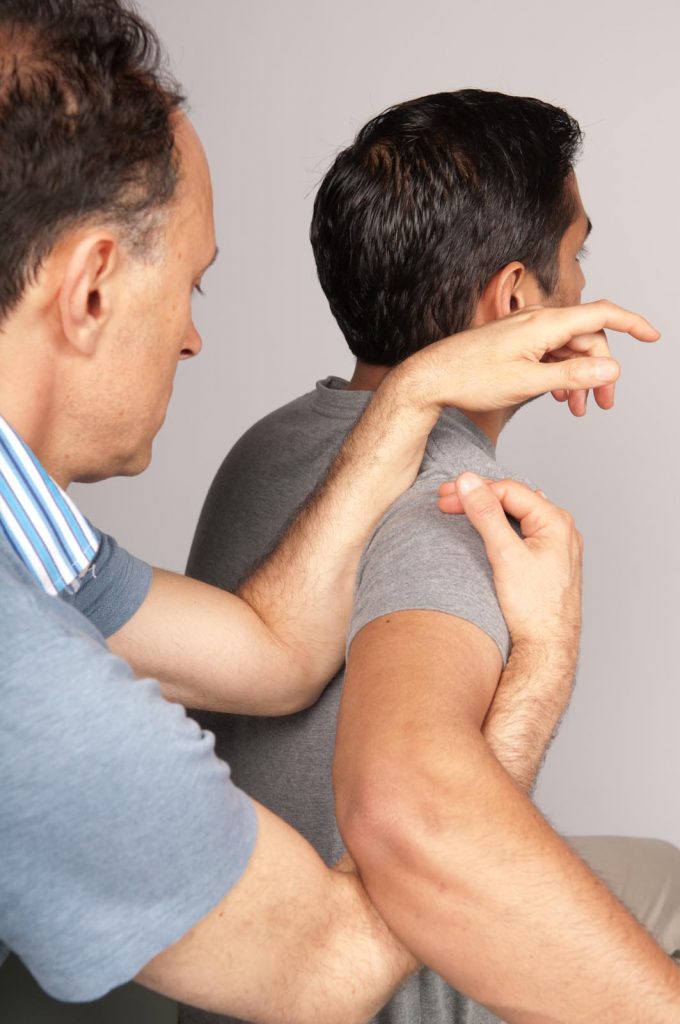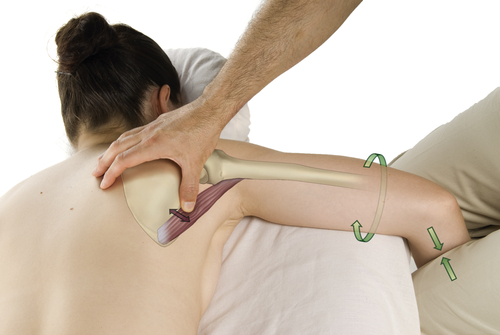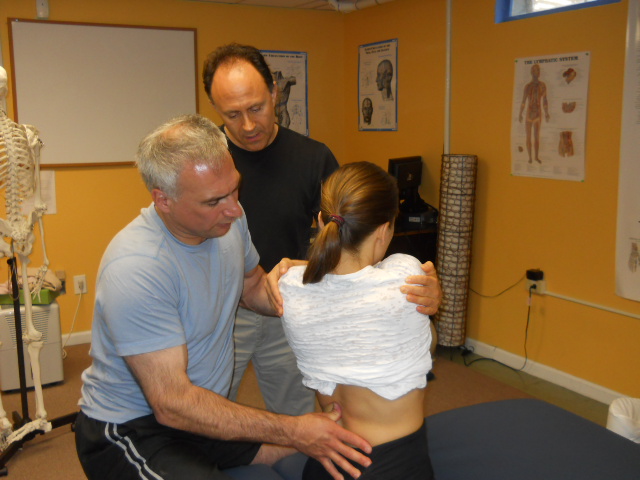 How Many Massage Therapists are there in the United States?
How Many Massage Therapists are there in the United States?
It is estimated that there are more than a quarter of a million massage therapists in the United States, and certainly many more worldwide. Even though some massage therapists in private practice can command excellent pay, upwards of $100.00 USD per hour, many massage therapists struggle financially. The American Massage Therapy Association (AMTA) cites that the average massage therapist in 2016 earned $25,539.00, which is not exactly a robust salary to live on in most parts of the US (http://bit.ly/1NXFg6A). The AMTA further cites that the average pay per hour for a massage therapist in the US is $71.64. This seems like an excellent amount, but if we divide that amount into the yearly average salary, it means that the average massage therapist in the US works only seven hours per week!
Massage and Manual Therapy Certification
Certainly, a massage therapist is already a manual therapist. With schooling that is typically around 500-750 hours, manual therapy skills are taught and learned. Yet, when all these hours are divided amongst the various content areas that must be covered (anatomy and physiology, ethics, business, and hands-on), the actual expertise that the massage school graduate has in any one technique area of hands-on manual therapy is not necessarily that great. Graduation from massage school might best be considered a start, not a finish to your education.

Why should a Massage Therapist consider getting a Manual Therapy Certification?
There are two major reasons why if you are a massage therapist, you should consider working toward and earning a Continuing Education (CE) Certificate in Manual Therapy. First, it gives you an advanced skillset that will improve your ability to help your clients. Second, it gives you the distinction of having advanced Certification credentials that will distinguish you from the other 250,000+ massage therapists that are out there.
How to have a Successful Practice…
There is an old saying in the world of health that the best way to increase business is to “take care of the clients you have.” If we do well by our current client base, they will refer in others and our practice will build and become more successful. This is certainly true. And earning an advanced Manual Therapy Certification is one way to work toward that goal. By learning new manual therapy skills, you will be better equipped to help your current clients. I believe very strongly that this is the first and most important way to build your practice. But it can be slow…
Beyond being the best therapist you can be, unfortunately it is also necessary in this world to market yourself to the public. After all, how do they know how wonderful you are unless you let them know that you are out there? You have many choices to reach out to the public, including print, on-line, meeting people in person, etc., but once you reach out to them, what will your credentials say about you? Having an advanced Manual Therapy Certification tells your potential clients that you are not only more skilled, but that you are also motivated to learn and advance your abilities to help them.
 What Type of Manual Therapy Certification Should I Earn?
What Type of Manual Therapy Certification Should I Earn?
There are many choices when it comes to earning a CE Manual Therapy Certification. Each one requires time, effort, and money, so you should choose wisely. Some of your choices revolve around the content of the skillset area: Should it be on assessment or treatment? Should it be on energy work or orthopedic work? Do you want to study on-line or live in-person? Do you want a short certification or a more intensive long one? Do you want to learn a “proprietary technique” that is based on one person’s view on how things should be done or would you prefer studying a more open and expansive approach that might include many viewpoints and philosophies?
Ultimately these are decisions that you must make based on your style of practice, your desires, and your ability to devote your resources. But whatever your choice, make sure that the person or organization that stands behind your Certification has not only excellent content, but also integrity and respect.
 Why a Clinical Orthopedic Manual Therapy Certification?
Why a Clinical Orthopedic Manual Therapy Certification?
A number of years ago, an association body in the world of massage therapy came out with a study that was quite illuminating. It stated that over 80% of people who go to a massage therapist in the United States go with the intention of having some musculoskeletal (a better term might be myofascioskeletal) complaint remedied. This did not mean that they wanted the entire session spent on that problem, but they did want it addressed. Eighty per cent! That is a tremendous number of clients. But even more startling was a second statistic: more than 50% of people going for massage at a spa went with the intention of having some myofascioskeletal complaint remedied. Wow! Spa massage is often thought of as being only light touch and oriented toward relaxation. Although any touch is nourishing and relaxation is certainly needed in our world, light touch is not usually effective at remedying myofascioskeletal conditions.
Why are so many clients seeking clinical orthopedic massage? Because there are no manual therapy muscle doctors in the United States. After all, most MDs are oriented pharmacologically. Most chiropractors are extremely bone and joint focused. And nowadays even most physical therapists (physiotherapists) are more exercise oriented than working with hands-on manual therapy.
So who is going to help your clients with their musculoskeletal/myofascioskeletal complaints?
You are!
Here in lies the tremendous value in attaining an advanced Certification in Clinical Orthopedic Manual Therapy (COMT)!
 What are the Technique Skillsets taught in a Clinical Orthopedic Manual Therapy (COMT) Certification?
What are the Technique Skillsets taught in a Clinical Orthopedic Manual Therapy (COMT) Certification?
- Orthopedic assessment
- Palpation assessment
- Postural and movement assessment
- Body mechanics for deep pressure/deep tissue soft tissue manipulation (massage)
- Stretching techniques, including pin and stretch and advanced neural inhibition stretching techniques:
- Proprioceptive neuromuscular facilitation (PNF) aka Contract Relax (CR) aka Post-Isometric Relaxation (PIR)
- Agonist Contract (AC)
- Grade IV Joint Mobilization (sometimes referred to as arthrofascial stretching)
- Client communication and treatment planning and strategy
- And most importantly, how to critically think and reason!
Philosophy of Clinical Orthopedic Manual Therapy Certification
What is most important in any Clinical Orthopedic Manual Therapy Certification program is marrying together the underlying science with the hands-on skills. This allows the therapists to understand and critically think so that they can creatively apply their manual therapy assessment and treatment techniques.
GOOD HANDS + GOOD MIND = GREAT THERAPIST!
— “Hands-On with Brains-on” — ☺
Unfortunately, many training programs tend to teach via cookbook recipes, which shuts down the brain and leaves the therapist helpless when the client’s presentation and response do not follow textbook recipes. For this reason, it is important to do your homework and find an excellent Manual Therapy Certification program.
Choices for Clinical Orthopedic Manual Therapy Certification programs
Following are some well-known individuals and organizations that offer Clinical Orthopedic Manual Therapy Certifications.
(Note: Many other fine certifications exist. I have simply listed a few with which I am familiar that are excellent.)
- Art and Science of Kinesiology’s Clinical Orthopedic Manual Therapy (COMT) Certifications. There are two Introductory Level 1 Certifications and one Advanced Level 2 Certification.
- (Level 1) COMT Intensive Certification, which organizes the work throughout the body by region
- (Level 1) COMT Intensive Skillset Certification, which organizes the work by skillset
- (Level 2) COMT Master Class Certification
- Full disclosure: The Art and Science of Kinesiology is my (Joseph E. Muscolino’s) organization. For more information about me and The Art and Science of Kinesiology, please visit my website (www.learnmuscles.com).
- Tom Myers’ KMI Training
- Whitney Lowe’s Academy of Clinical Massage
- Erik Dalton’s Myoskeletal Technique


